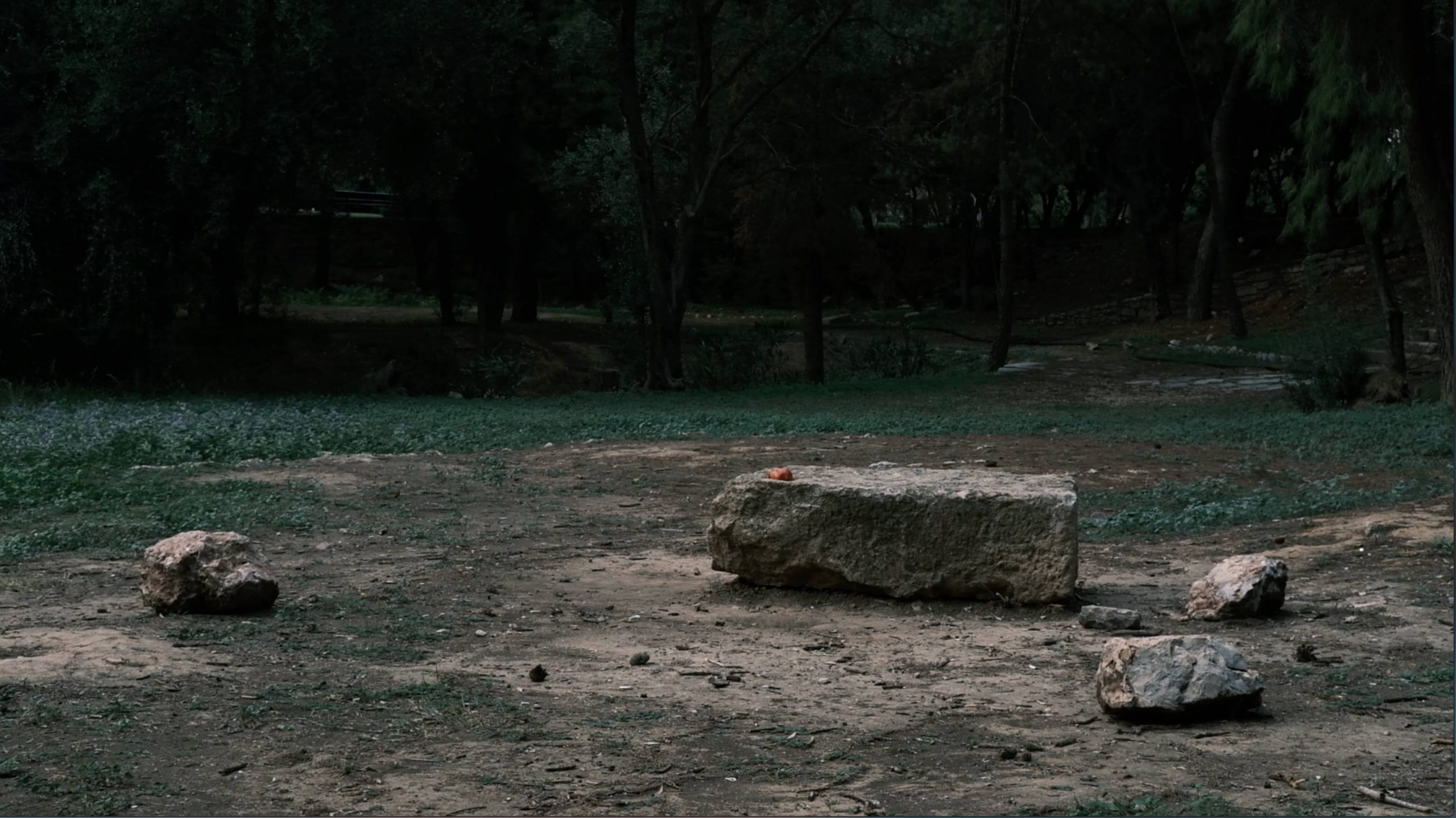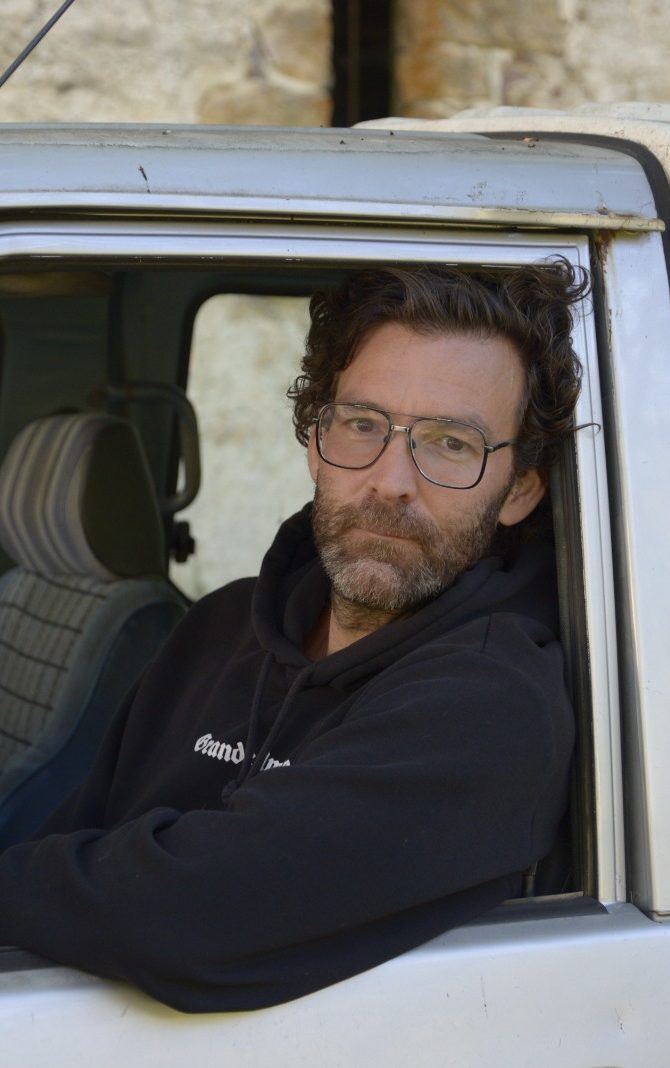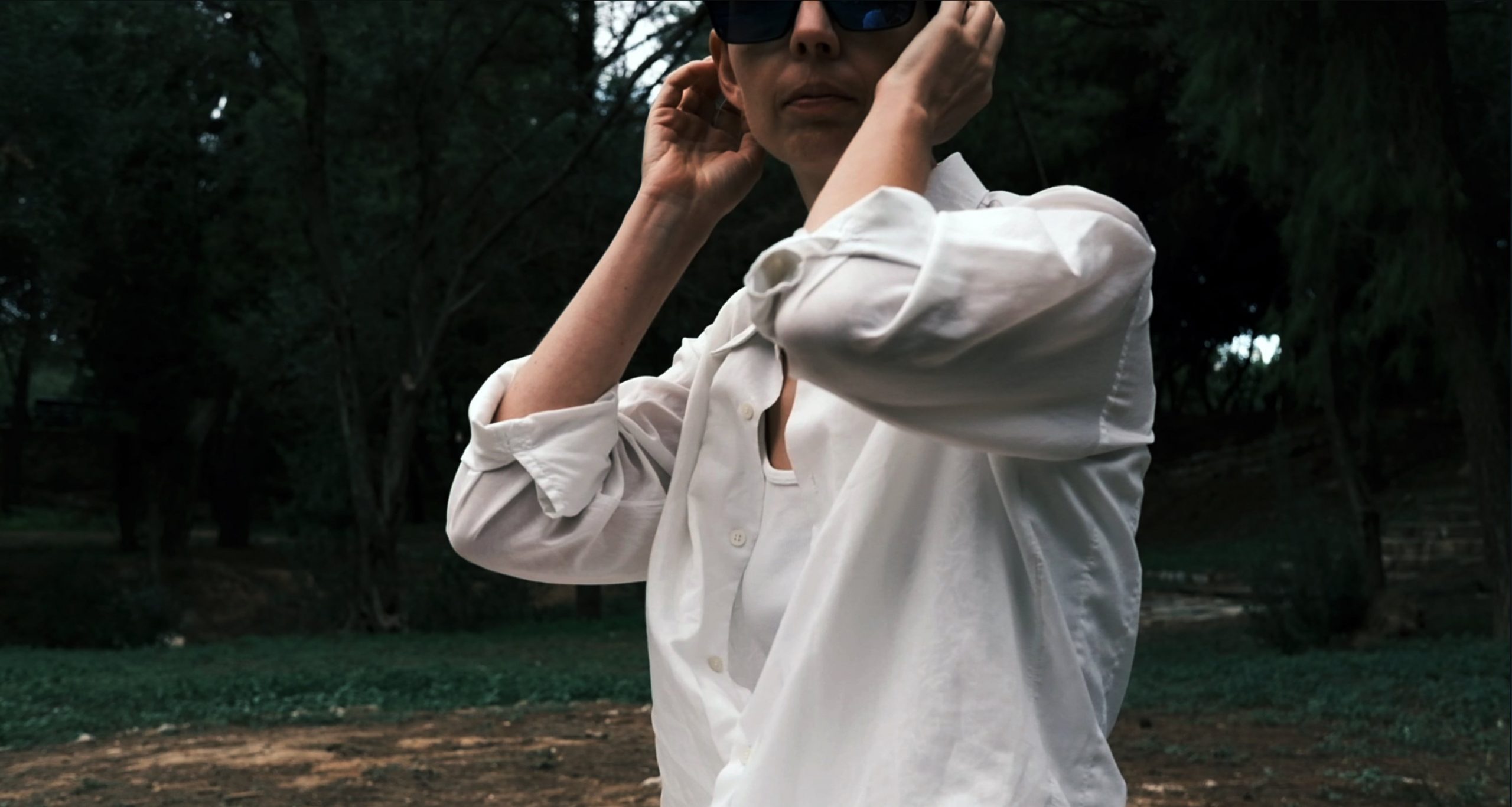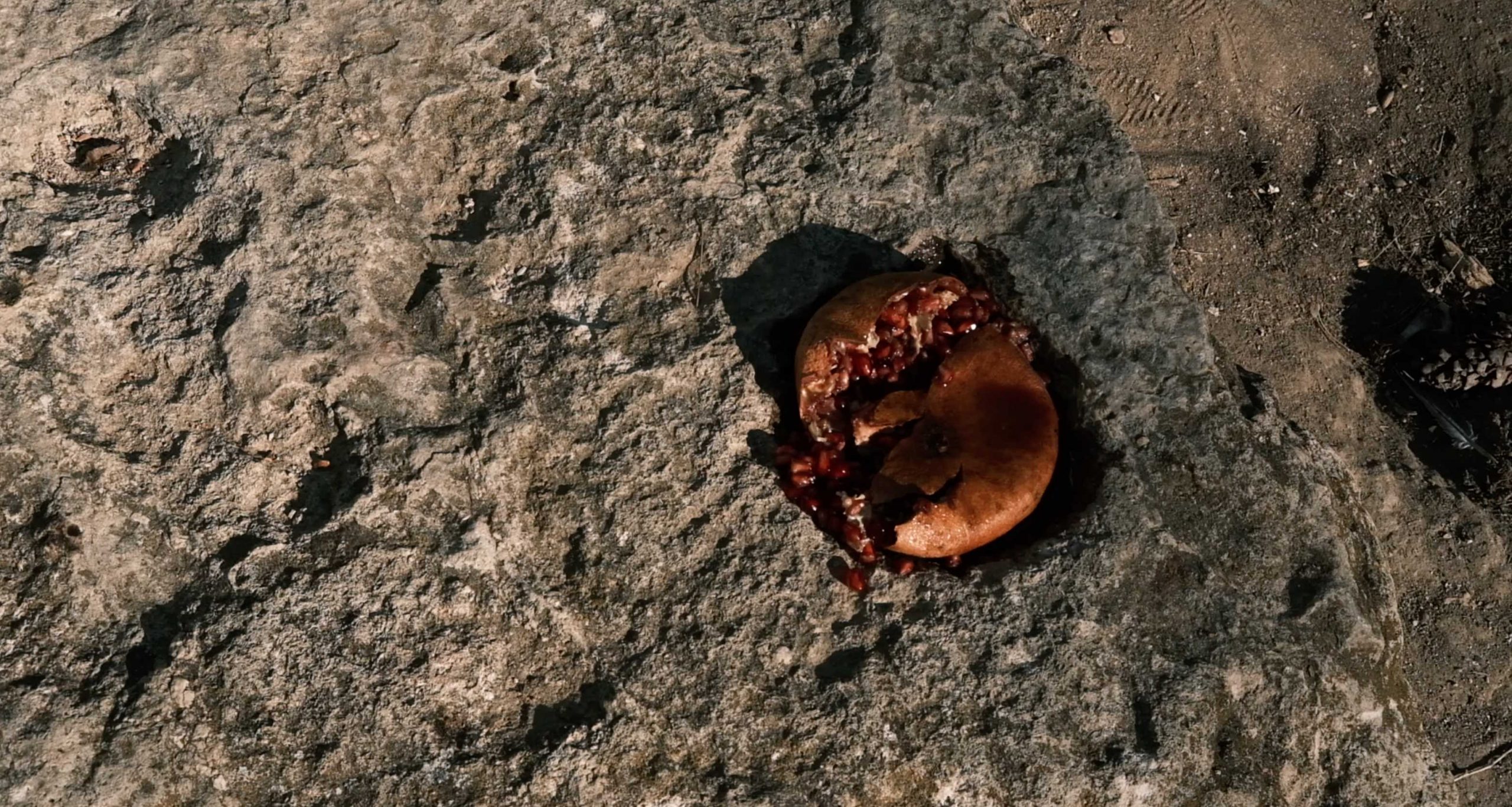A bad example, as brief and ill-defined is the protagonist of this ethnofiction. K -and his multiple alter egos- is at the same time the protagonist, the spectator of himself and as an actor and spectator of his daily work, the stalls are the place where his story is housed. His journey -so to speak- is the oscillation and swing of his heart. In its cadence, in that coming and going that every journey supposes, in its continuous contradiction with the romantic myth, we will witness thousands of distracted forms. Under the appearance of a “sleepwalker”, the actions and decisions that the protagonist takes, more than marked by free will, will be endowed with a certain somnambulism and, from the supposed disorder between reality and fiction; the film.

MEMORY OF ANGELS
A FEATURE FILM PROJECT BY VICENTE VÁZQUEZ
Synopsis

DIRECTOR'S BIOGRAPHY
Trained as a visual artist, he has been developing his artistic activity since 2001 in the field of plastic arts and cinema. His proposals resist the processes of acculturation and accommodation that the creative act undergoes today and seek physical -and psychological- spaces outside the institutional codifications in use.
From then until now, his videographic practice has developed across the fields of art, the film industry, video art, and even the music video. These seemingly disparate areas allow him to establish an encounter between the more orthodox practices and other activities foreign to any kind of doctrine. A modus operandi that looks into the intersections between technique and ethnicity to try to dismantle -or at least question- the nature-culture dichotomy. In 2013, along with artists Usue Arrieta, Marc Vives, and Ainara Elgoibar, he decided to launch Tractora Coop, an artists’ cooperative based in Bizkaia. He currently resides in O Cumial, Comarca dos Ancares, where his practice continues to explore forms of coexistence, care, and shared action.




